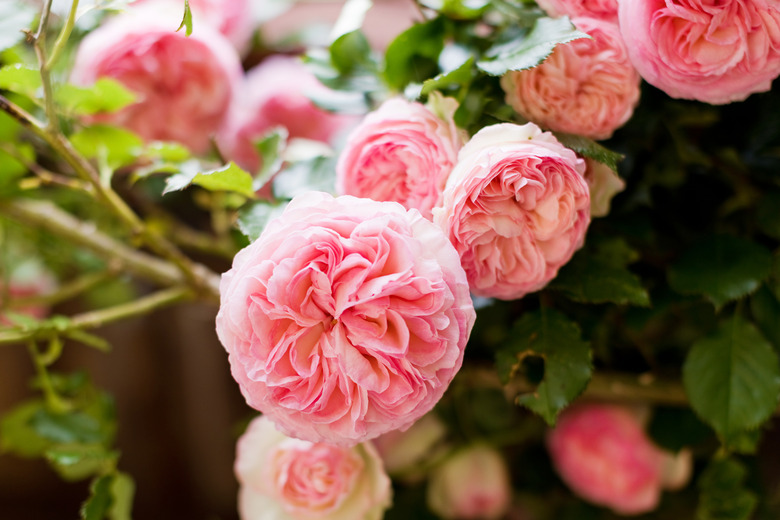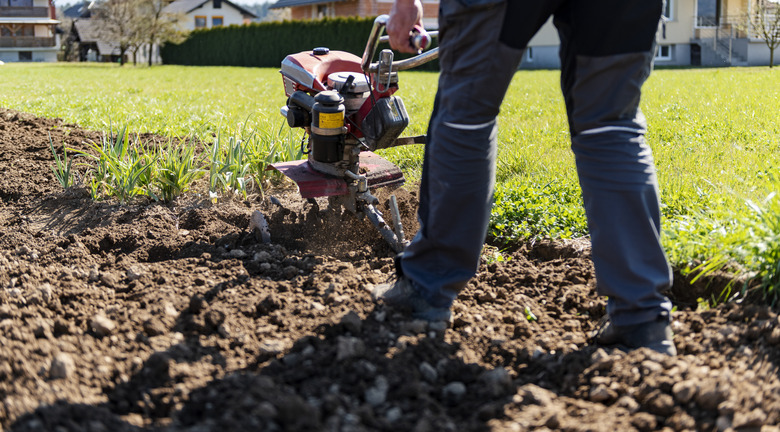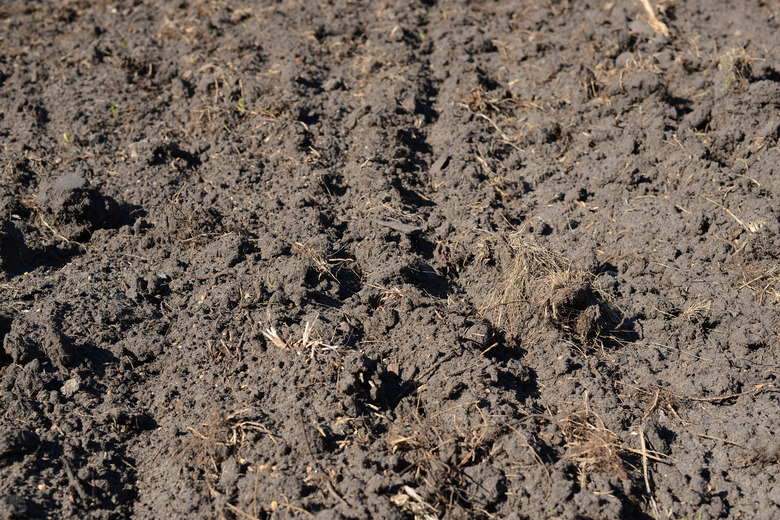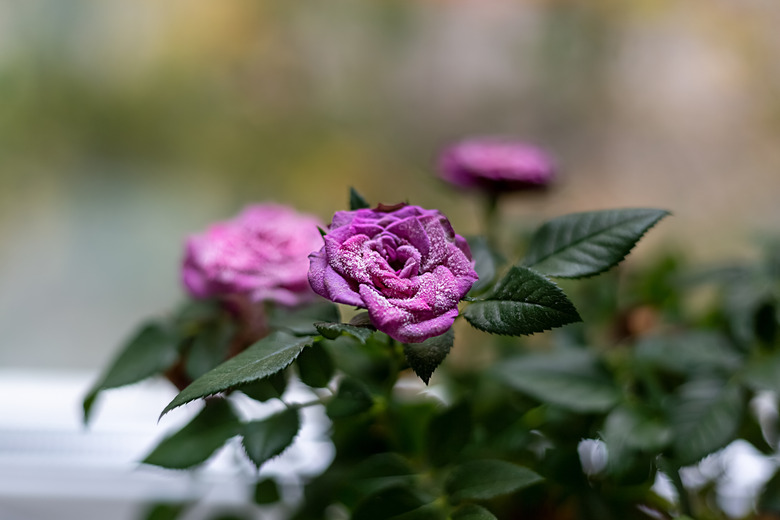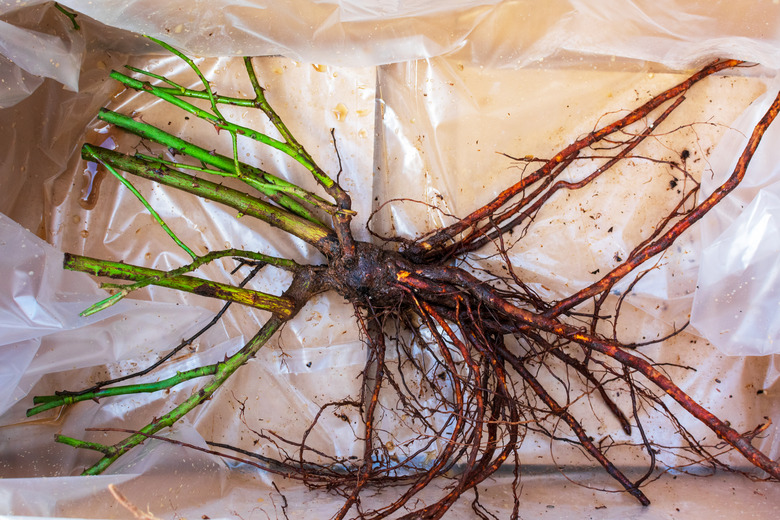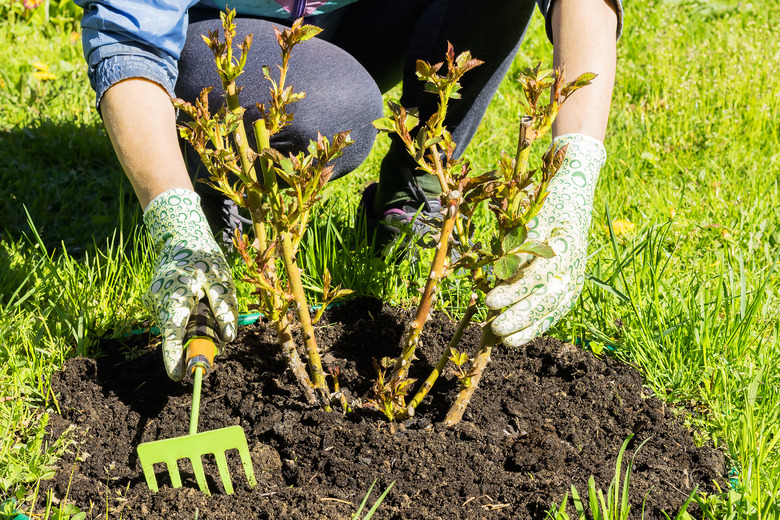Planting Roses In The Fall: A Guide To Best Practices
What Is the Best Time to Plant Roses?
Planting roses at the right time is a vital first step toward growing these versatile, beautiful flowering plants at home. Roses (Rosa spp.) are among the most widely grown and best-loved garden flowers throughout USDA plant hardiness zones 4 to 9—although hardiness varies between cultivars and varieties, and some are not as winter hardy as others.
As with most perennials, planting time matters when it comes to growing roses. Spring is the typical time of year for planting roses in your garden, but late fall planting is also possible if you live in a climate with mild winter temperatures.
Planting roses in fall is virtually the same as planting roses in spring, but the plants need slightly different care after planting.
Benefits of Planting Roses in Fall
Roses have typically stopped growing by fall, so planting at that time provides rose plants with an opportunity to put their energy toward root production rather than flowering or leafing out.
Planting roses in fall after the first frost is also a good idea, because the soil will still hold some residual warmth. Warm soil encourages rooting in dormant roses and will give the shrub a good start before spring.
One thing to consider before opting to plant in fall is how the rose was sold at the garden center or nursery. Bare-root roses are a better candidate for fall planting than container-grown roses—**avoid planting potted roses in the fall,** as they do best when planted in late spring or throughout the active growing season.
Choosing a Planting Site
The most important part of planting roses is choosing the right location. Sunlight, soil and drainage are all key factors when planning a rose garden, as are air flow and shelter from strong wind.
Sun Exposure
Roses need at least six hours of full sun each day, especially in the morning, because sunlight will help evaporate moisture off the foliage and prevent fungal problems. Avoid heavily shaded locations and spots against a south-facing wall with midday sun, because it can get too hot.
Soil Type
Roses need fertile, fast-draining soil high in organic matter in order to grow well. Loamy soil is best for roses. It should be loose and well-aerated, so **be sure to till the growing site a week or so before planting the rose bush.** Avoid areas with compacted clay soil or very sandy soil.
Site Drainage
Well-draining soil is essential to growing healthy rose bushes. Choose a site where water soaks in or drains away quickly following rain. Avoid areas where water pools after rain.
Air Flow
Poor air circulation can contribute to black spot, powdery mildew and other fungal diseases in rose bushes. Look for a site that provides plenty of space for each rose bush so that it can reach its mature width without touching nearby shrubs or structures. Prune back any overhanging shrubs.
Wind Shelter
Strong wind can stress even the hardiest types of roses, so rose beds should be chosen and prepared with wind shelter in mind. Structures or shrubbery in the direction of the prevailing wind will help shelter your roses and keep them healthy.
Planting Roses in Fall
Bare-root roses need preparation before planting to prepare the canes and root system for life in the garden. It is a simple but important step that encourages strong, healthy growth in all roses.
Prepare Your Roses
- Soak bare-root roses in a bucket of water for 8 to 12 hours **before planting.** Prune back each cane at a 45° angle so that only three to five buds remain on each one. Completely remove any cane that is thinner than a pencil.
Tip
Use sharp, sturdy shears and wipe them down with disinfectant to prevent the spread of disease.
Planting Preparation
- Dig a planting hole that is 18 to 24 inches wide and 14 to 18 inches deep. Mix the soil from the hole with well-aged manure compost or peat moss so that the mixture is 1 part compost to 3 parts native soil.
- It is a good idea to sprinkle 1/2 cup of superphosphate into the bottom of the planting hole to encourage root formation.
Planting Your Roses
- Settle the bare-root root ball into the hole and spread its roots out along the bottom of the hole. Make sure that the graft union is slightly above the soil surface. Hold the plant upright while you fill in around the roots with the amended soil.
- Firm the soil as you fill the hole so that any air pockets will collapse and the soil will make good contact with the roots. Keep adding soil until the hole is completely filled. Water deeply to settle the soil and add more soil, if the ground sinks.
- Mound up soil around the canes, leaving the top half of the canes exposed to the air. Mounding soil will help hold the rose upright while it forms roots and will also help protect it against frost, which is beneficial when planting roses in fall.
Tip
Install a trellis along the northern or western side of the rose, if you have planted rambling or climbing roses.
Caring for Fall-Planted Roses
One of the greatest benefits to planting a rose bush in fall is that fall-planted roses do not need much care or attention immediately after planting because they are in a dormant state. However, that all changes in spring. Rose care starts once new growth emerges in spring and lasts throughout the growing season.
- After planting, provide water only if no rain falls for more than a week. Probe the soil and run water at the base of the bare-root plant only if the soil feels barely moist an inch or so below the surface.
- Remove the soil mound from around the bare-root plant once new growth appears in early spring and all frost danger has passed. Carefully scoop out the soil by hand and then run water over the rose to rinse away the rest of the soil.
- Spread a 2- to 4-inch-thick layer of mulch around the base of your rose. Make the mulch layer in a circle extending several feet around the plant. Leave a 1-inch gap between the mulch layer and the crown of the plant to discourage fungal diseases.
- Feed your rose bush starting in early spring with the first signs of green growth. Feed again each month until midsummer. Use 3/4 to 1 cup of 5-10-5 or 5-10-10 fertilizer per rose bush.
